Rising Demand for Genomic Research
The Short Read Sequencing Market is witnessing a surge in demand for genomic research, fueled by the increasing prevalence of genetic disorders and the need for effective diagnostics. Researchers and healthcare providers are increasingly utilizing short read sequencing to identify genetic mutations and variations associated with various diseases. The market is expected to grow at a compound annual growth rate (CAGR) of approximately 15% over the next five years, reflecting the growing interest in genomics. This demand is further supported by government initiatives aimed at promoting genomic research and personalized medicine. Consequently, the Short Read Sequencing Market is likely to benefit from this heightened focus on genomic studies, leading to innovative applications in clinical settings.
Technological Advancements in Sequencing
The Short Read Sequencing Market is experiencing rapid technological advancements that enhance sequencing capabilities. Innovations such as improved sequencing chemistries and advanced bioinformatics tools are driving efficiency and accuracy. For instance, the introduction of high-throughput sequencing platforms has significantly reduced the time required for genomic analysis. According to recent data, the market for sequencing technologies is projected to reach USD 10 billion by 2026, indicating a robust growth trajectory. These advancements not only facilitate faster data generation but also lower costs, making sequencing more accessible to researchers and clinicians alike. As a result, the Short Read Sequencing Market is poised for substantial expansion, driven by the continuous evolution of sequencing technologies.
Growing Interest in Personalized Medicine
The Short Read Sequencing Market is increasingly influenced by the growing interest in personalized medicine, which tailors medical treatment to individual characteristics. As healthcare shifts towards more personalized approaches, the demand for sequencing technologies that can provide detailed genetic information is rising. This trend is evident in the increasing number of clinical trials and studies focusing on genomics and its applications in personalized therapies. Market analysts project that the personalized medicine segment within the Short Read Sequencing Market could reach USD 8 billion by 2027. This growth is indicative of the potential for sequencing technologies to play a pivotal role in developing targeted treatments, thereby enhancing patient outcomes.
Collaborative Research and Funding Initiatives
The Short Read Sequencing Market is benefiting from collaborative research initiatives and increased funding from both public and private sectors. Partnerships between academic institutions, biotechnology companies, and government agencies are fostering innovation and accelerating research in genomics. These collaborations often lead to the development of new sequencing technologies and applications, enhancing the overall market landscape. Furthermore, funding initiatives aimed at supporting genomic research are on the rise, with several countries allocating substantial budgets for this purpose. This collaborative environment is expected to drive growth in the Short Read Sequencing Market, as it encourages knowledge sharing and resource pooling among stakeholders.
Expansion of Applications in Clinical Diagnostics
The Short Read Sequencing Market is expanding its applications in clinical diagnostics, particularly in oncology and rare disease detection. The ability to accurately sequence DNA and RNA has revolutionized the way diseases are diagnosed and treated. For example, short read sequencing is increasingly used to identify specific mutations in cancer patients, enabling targeted therapies. The market for clinical diagnostics utilizing sequencing technologies is projected to grow significantly, with estimates suggesting a value of USD 5 billion by 2025. This expansion is indicative of the growing recognition of the importance of precision medicine. As a result, the Short Read Sequencing Market is likely to see increased investment and innovation in diagnostic applications.


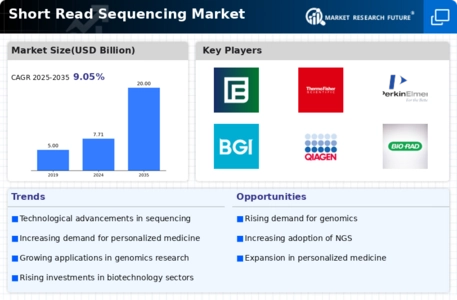
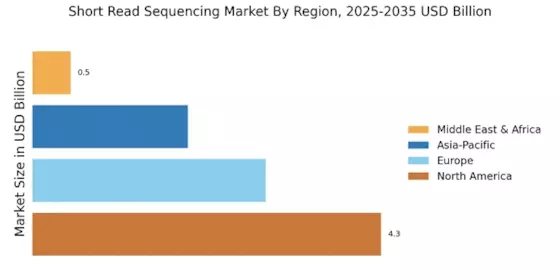
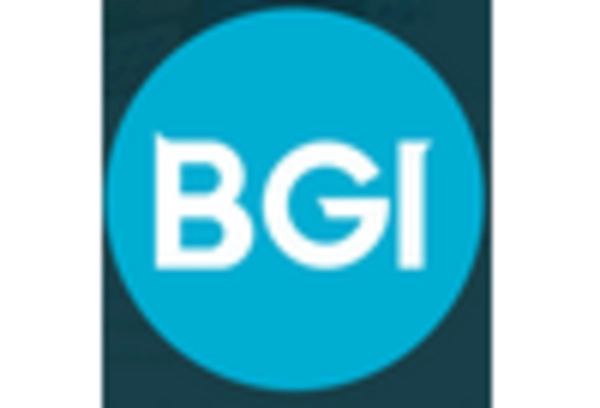
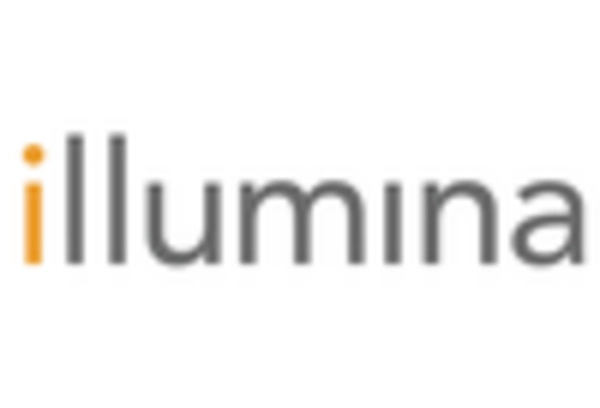

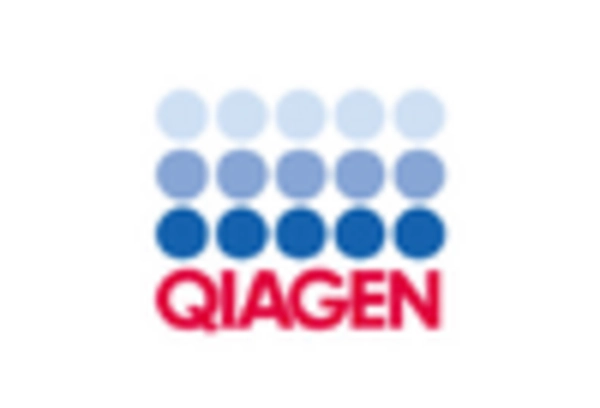










Leave a Comment